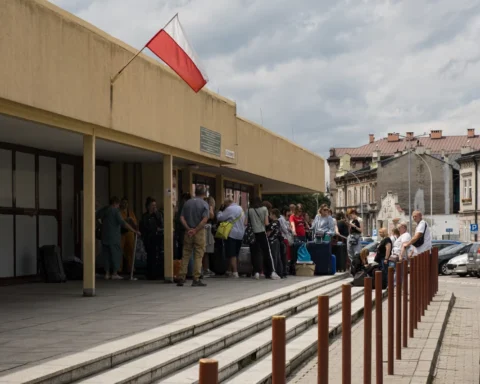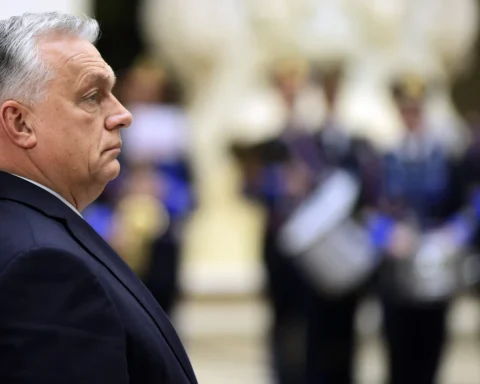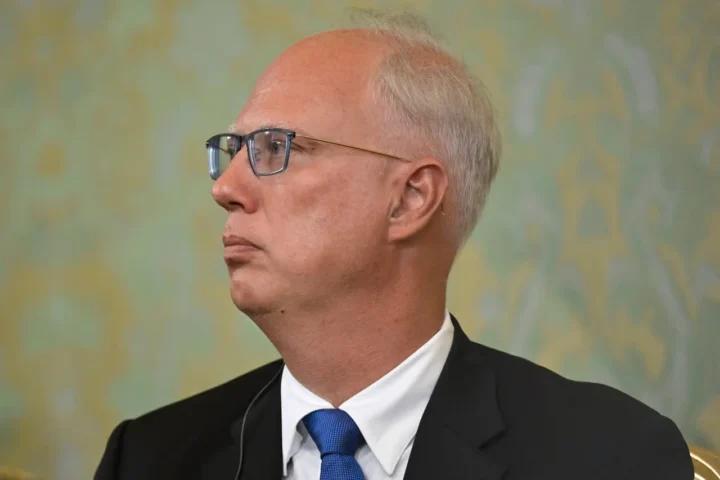A letter signed by Deputy Chairman of the Federation Council Alexander Zhuravlyov, founder and beneficiary of the systemically important Sovcombank, has been submitted to the Ministry of Economic Development. The document recommends analyzing, among other issues, the state of competition within the financial and banking mechanisms that underpin the country’s trade and distribution system — namely, marketplaces and major retail chains.
Senators call for a review of competition in retail and e-commerce finance.
The senators’ request is highly relevant, as the problem outlined in the letter is becoming increasingly acute. The reason lies in the structural transformation of the Russian economy, accompanied by a reconfiguration of the small and medium-sized business (SME) sector. One consequence of this process is the gradual displacement of market participants unable to withstand competition under new conditions. The number of trade and intermediary SMEs — which account for roughly 28% of all enterprises and are directly involved in retail supply chains — is shrinking or shifting focus, in part due to the high cost of borrowing from large banks.
The RSBI Index, which measures SME business activity, approached stagnation levels in May and declined further to 49.6 points in September. The SME loan approval rate fell from 55% in May to 51% in September. At the same time, small and medium-sized businesses will require even greater support next year due to an increase in the tax burden.
Marketplace-based lending models offer flexibility and growth amid rising costs.
Against this backdrop, marketplaces have emerged as key drivers of SME growth, thanks to their innovative financial models that provide participants with relative independence from current interest rates and streamline cash flow management. In these closed digital ecosystems, the traditional banking principle of interest-bearing loans is replaced by a focus on overall platform profitability and the use of internal financial resources. Sellers gain almost instant access to borrowed funds because platforms are developing their own microfinance institutions (MFIs) and banks. Understanding the unique nature of their clients’ businesses, these platforms employ AI-driven risk assessment models that account for current economic factors and the balance of supply and demand.
At the same time, Russian producers remain in particular need of credit support, as they are the ones creating jobs and driving economic growth. The projected increase in commercial MFI lending volumes — up to 111 billion rubles in 2025 — is largely driven by the expansion of marketplace seller financing. According to the Central Bank of Russia, in the first half of 2025 loans issued to this borrower category accounted for 44% of all funds disbursed to the entrepreneurial segment. The regulator’s report notes: “Loans to marketplace sellers serve as a tool for the continuous replenishment of working capital, enabling uninterrupted business operations and smoothing out cash flow gaps.” Traditional banking, it adds, is not capable of ensuring such flexibility.
The financial model of e-commerce has become one of the key factors behind the growth of online trade turnover, which in 2025 is expected to reach 16–18 trillion rubles. Its development is accompanied by a rise in consumer loyalty toward marketplaces, driven by flexible discount systems, easy access to financial instruments and bonuses without excessive bureaucracy, and an extensive range of products — despite the persistent challenges of the “last mile” in logistics.
Traditional retail chains are also beginning to adopt these technologies, implementing algorithms first tested by marketplaces. The expanding share of marketplaces in the retail sector has sent a clear signal to the banking system: to remain competitive, it must strengthen its own ecosystems, enhance innovation, and abandon cartel-like practices that aim to preserve monopoly control over financial services. Such an approach fully aligns with the National Competition Development Plan endorsed by the executive branch.


















